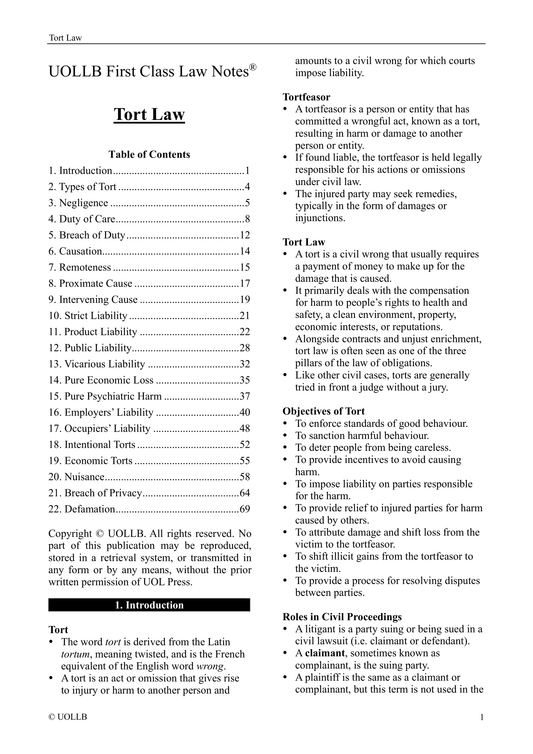Structure of Courts
Share
The court system of England and Wales consists of a hierarchy of courts, which can be broadly divided into two categories: criminal courts and civil courts. The criminal courts deal with criminal offences, while the civil courts handle disputes between individuals or organisations. Here is a brief overview of the structure of the courts in England and Wales:
Magistrates' Courts
Magistrates' Courts are the lowest level of criminal courts in England and Wales. They primarily handle minor criminal offences such as traffic violations, minor assaults, and public order offences. These courts play a crucial role in the judicial system by dealing with cases swiftly and efficiently. Proceedings in Magistrates' Courts are typically overseen by either three lay magistrates, who are volunteers from the community without formal legal training, or a single district judge, who is a professional judge. In addition to adjudicating minor offences, Magistrates' Courts conduct preliminary hearings for more serious cases that are subsequently referred to the Crown Court for trial.
Crown Court
The Crown Court deals with serious criminal offences and plays a vital role in the criminal justice system. It handles cases such as murder, rape, robbery, and serious fraud. Unlike Magistrates' Courts, the Crown Court proceedings involve a judge and a jury of twelve members. The judge oversees the legal aspects of the trial, while the jury determines the guilt or innocence of the defendant based on the evidence presented. Additionally, the Crown Court hears appeals from decisions made in the Magistrates' Courts and is responsible for sentencing in cases referred from those lower courts.
County Courts
County Courts are responsible for handling civil matters and serve as the primary forum for resolving private disputes. These courts deal with a wide range of civil cases, including small claims, debt recovery, landlord-tenant disputes, and other litigation involving compensation or damages. Cases in County Courts are typically heard by a circuit judge or a district judge. By providing a venue for resolving non-criminal matters, County Courts help maintain social order and protect the legal rights of individuals and businesses.
High Court
The High Court is a senior court that addresses more complex civil matters. It is divided into three main divisions: the King's Bench Division, the Chancery Division, and the Family Division. The King's Bench Division deals with contract disputes, personal injury claims, and judicial reviews, while the Chancery Division focuses on business law, trusts, estates, and land disputes. The Family Division manages cases related to family law, including divorce, child custody, and probate issues. Cases in the High Court are heard by a single High Court judge, and the court serves as both a trial court for high-value or complex civil cases and an appellate court for points of law from lower courts.
Court of Appeal
The Court of Appeal functions as an intermediate appellate court, reviewing decisions from the High Court and the Crown Court. It is divided into two main divisions: the Civil Division and the Criminal Division. The Civil Division hears appeals from the High Court, County Courts, and certain tribunals on civil matters, while the Criminal Division handles appeals against convictions and sentences from the Crown Court. Cases in the Court of Appeal are typically heard by three Lord or Lady Justices of Appeal. The court ensures the correct application of law and justice by reviewing lower court decisions and providing authoritative interpretations of legal principles.
Supreme Court
The Supreme Court stands at the apex of the judicial system in the United Kingdom. It serves as the final court of appeal for all civil and criminal cases and addresses significant legal issues, including those related to devolution and human rights. The Supreme Court consists of a panel of Justices who hear cases, usually in groups of five, seven, or nine. As the highest judicial authority, the Supreme Court ensures consistency in the interpretation of the law and serves as the ultimate arbiter in legal disputes, providing finality and clarity in the legal system.
There are also specialised courts such as the Employment Tribunal, the Immigration and Asylum Tribunal, and the Family Court. Additionally, some cases may start in one court and be transferred to another if they exceed the jurisdiction of the initial court.




























































